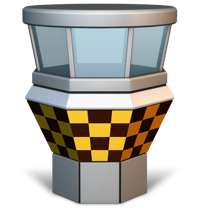A growing roster of smart home services and device providers are using home security monitoring as a beachhead to introduce home automation services. In the key U.S. market, a bellwether for developed markets around the world, some 15 million more U.S. homes will invest in new connected home security services in the next 5 years, according to ABI Research (www.abiresearch.com).
“After decades where penetration into U.S. households stalled, home security adoption is set for significant growth. However, it will not be the sole preserve of traditional professionally monitored home security providers. Consumers can now choose from an array of non-traditional suppliers, new technologies, and innovative services that balance value with cost,” says Jonathan Collins, principal analyst, ABI Research.
Through managed smart home offerings from retailers such as Lowes and Staples as well as standalone devices such as video cameras from Dropcam, or smart locks from Kwikset, consumers increasingly have the option to install and monitor their own security systems. Demand for such smart home systems will outpace those for traditional professional monitored security subscriptions as, among other attractions, they ditch the installation fees, monthly payments and long service contracts of the traditional offerings.
At the same time, professionally monitored security service providers such as Frontpoint Security and NextAlarm offer solutions where users self-install their devices, or can integrate existing dormant installations into new IP based services.
“Self-install and self-monitor home security solutions are real threats to the standard business models offered by traditional vendors,” says Dan Shey, practice director at ABI Research. “While matching these solutions is one option, traditional vendors need to look for ways to better integrate their core services with partner smart home services. These can range from call-center monitoring as a plug-in service to bringing home video monitoring into the call center.”


